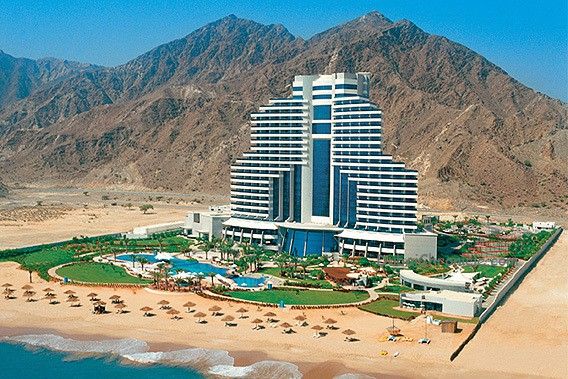Jones Lang LaSalle, the world’s leading real estate investment and advisory firm, predicts commercial real estate vacancies will decline most quickly in Dubai’s central business district and return to sustainable levels by 2013/2014.
Central Business Districts (CBDs) in emerging markets usually outperform other commercial areas and despite the current market situation, Dubai’s office sector can draw strong parallels with such markets.
“The clear learning from overseas cities such as Shanghai, Singapore and Moscow is that office markets all go through periods of excess supply similar to those characterising Dubai at the present time. The experience of these cities is that vacancies do not remain at excessive levels for sustained periods and vacancies for CBD space typically fall to more sustainable and balanced levels within 2 to 4 years. We expect Dubai to follow this same pattern with vacancies for CBD space peaking in 2011/ 2012 and then declining again over the following 2 to 3 years†commented Graham Coutts, Head of Management Services, Jones Lang LaSalle MENA.
Dubai holds the fourth largest ratio of supply per capita of any major global city (behind only New York, Paris and London) with around 34 square feet of office space per person. This figure is expected to increase to around 36 square feet per capita as a result of the additional supply scheduled for completion before the end of 2010.
“Dubai currently has one of the highest levels of office space per person in the world. This reflects the regional and global role of Dubai but does suggest that the level of supply has increased ahead of the maturity of the market,†added Graham Coutts.
He continued “International experience suggests that measures to restrict supply will be critical to the recovery of the Dubai office market. Markets such as Shanghai and Singapore have seen long periods with little or no new space entering the market, which has provided a window of opportunity for the market to absorb excess levels of supply. Another feature of such markets has been adaptive re-use (the conversion of office buildings to other uses) as well as the ‘mothballing’ of partially completed projects. Both of these initiatives are required to allow for the excess supply currently available to be absorbed.â€



































